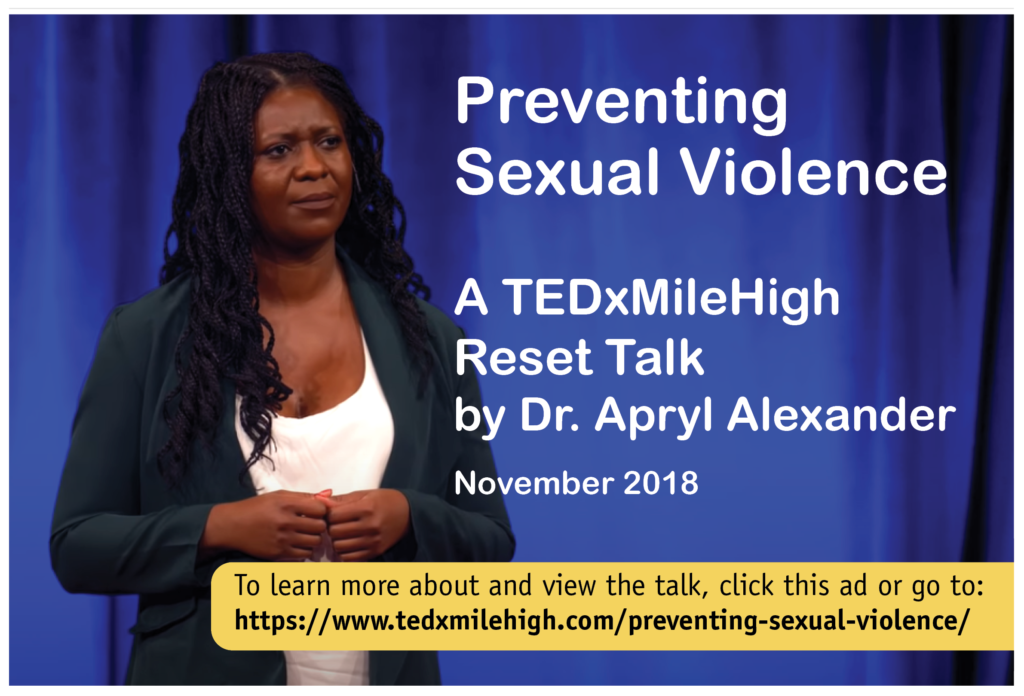Racial Stress in Children and Adolescents
By Apryl A. Alexander, PsyD
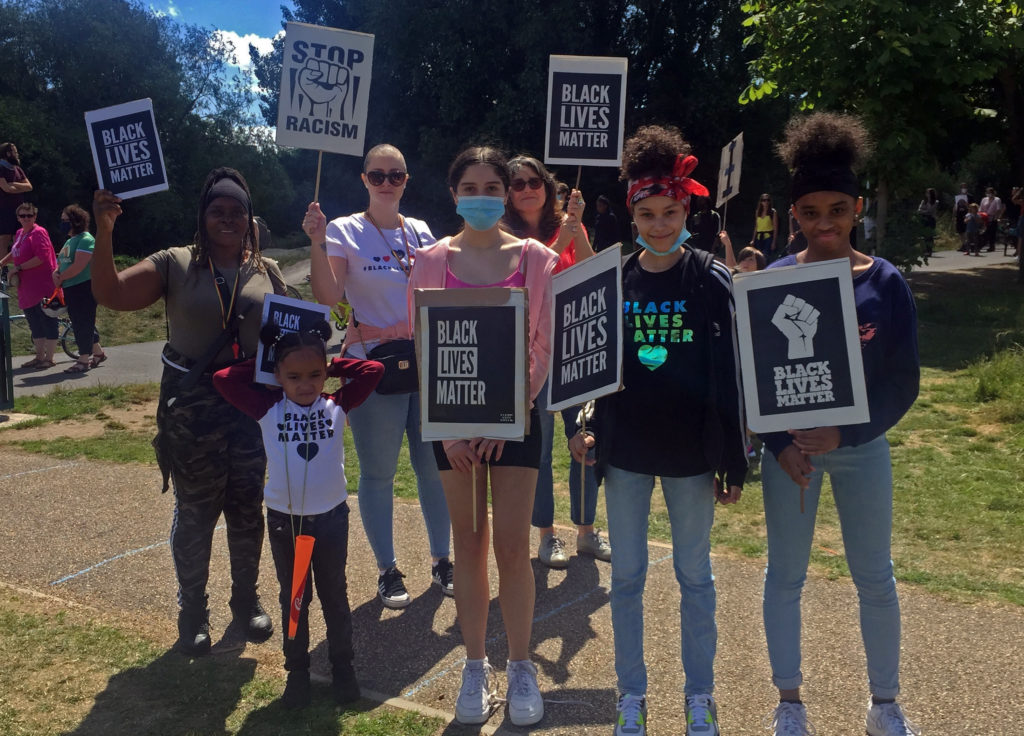
The recent deaths of George Floyd, Breonna Taylor, Ahmaud Arbery, Tony McDade, and countless other Black, Indigenous, and People of Color have highlighted the profound and continued systemic inequities and injustices towards marginalized and oppressed communities in the United States. Additionally, the United States is experiencing an increase of reported hate crimes following the 2016 presidential election,1 as well as hate crimes toward Asians and Asian Americans due to COVID-19, as regularly reported in the media. Nationwide and internationally, people are having tough conversations about race and racism. It is no surprise that racism and discrimination negatively affect communities of color. Monicca William and her colleagues note that racial discrimination can induce stress and frustration, and adversely affect mental and physical health.2

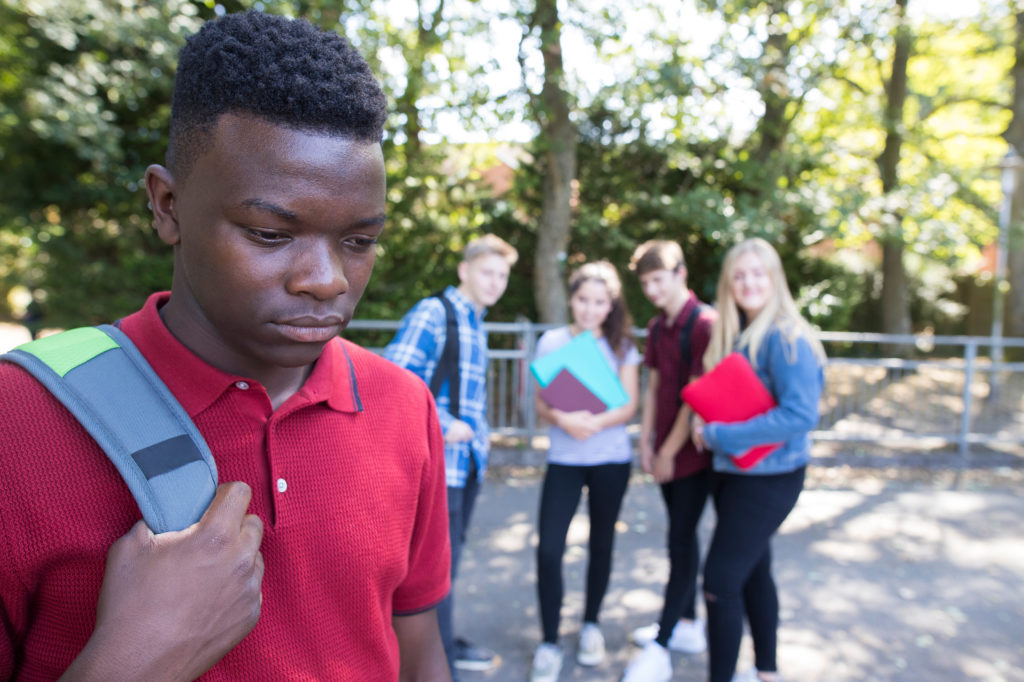
Racial stress also affects young people. Recent research has revealed that minoritized children experience racial stress on a regular basis. For example, a recent study examined the daily acts of racial discrimination experienced by Black youths in the United States.3 Results revealed a per-participant average of 70 experiences of racial discrimination over a 14-day period. Items participants endorsed included, but were not limited to, seeing someone lock the doors of their car as the youth passed by; teachers treating them as though they are not smart; a peer pointing out that they fit a stereotype about their race/ethnicity; people talking down to them or ignoring them; and being called bad names/slurs. Although, some of these experiences might be committed by teachers and peers in a harmless or teasing manner, many are microaggressions, which have significant consequences on youth.
Derald Sue and his colleagues define racial microaggressions as “brief and commonplace daily verbal, behavioral, and environmental indignities, whether intentional or unintentional, that communicate hostile, derogatory, or negative racial slights and insults to the target person or group.”4-5In their work, Sue and his colleagues condensed these into categories and provided examples, including, but not limited to:
- Assigning intelligence to a person of color on the basis of their race
E.g., “You are a credit to your race,” “You are so articulate.”
Message: People of color are not as intelligent.
- Color blindness
E.g., “When I look at you, I don’t see color,” “There is only one race,
the human race.”
Message: Denying a person of color’s racial/ethnic experiences
- Denial of individual racism
E.g., “I’m not racist. I have several Black friends.” “As a woman, I
know what you go through as a racial minority.”
Message: I am immune to racism. Your racial oppression is no
different than my own.
- Myth of meritocracy
E.g., “I believe the most qualified person should get the job.”
“Everyone can succeed in this society, if they work hard enough.”
Message: People of color are lazy and incompetent and/or need to
work harder.
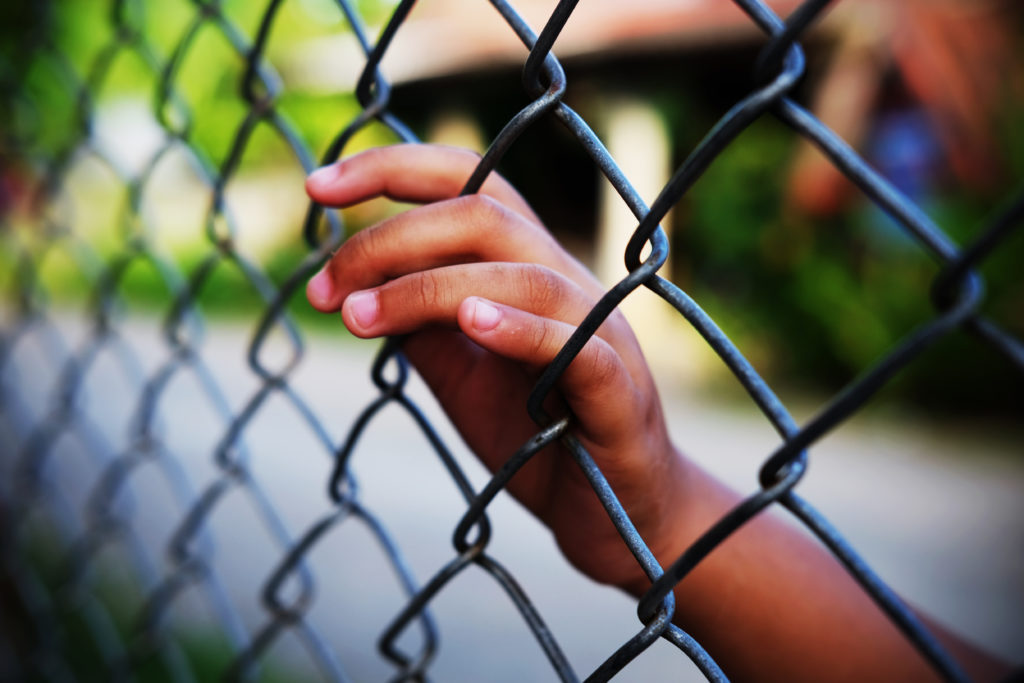
Institutional racism and discrimination are also contributors to racial stress among children. One example of institutional racism is the school-to-prison pipeline. In recent years, much attention has been brought to this “pipeline,” which entails policies and practices that displace children out of school systems and into the juvenile justice system. Dr. Monique Morris specifically addresses this phenomenon in her book, Pushout: The Criminalization of Black Girls in Schools, which focuses on the school-to-prison pipeline for black girls. Contributors to the school-to-prison pipeline include zero tolerance policies, criminalizing minor behavioral problems (e.g., swearing), dress code violations, and hair discrimination (see recent CROWN Act legislation, designed to combat this form of discrimination 6). Many of these policies have been developed to directly target racial/ethnic populations and contribute to continued segregation in school systems.

How do people—parents, teachers, coaches, mental health professionals—address racial stress among young people? First, are we discussing these topics with them? There’s a tendency to avoid these tough conversations with our children and adolescents. However, we cannot naïvely avoid these conversations because we mistakenly believe our youths are too young to understand these concepts; in fact, as noted, minoritized youths are experiencing racial stress on a regular basis, and in real time. Indeed, there are many resources (e.g., books, television shows, movies) that can aid in facilitating these conversations. Ask children what they are observing and experiencing regarding race.
Second, microinterventions or microaffirmations7, 8 are ways to combat microaggressions. These include disarming the microaggression, educating the person who has used a microaggression, and seeking external reinforcement or support from others, including institutional support to conduct an intervention. Young people need adults to intervene and address microaggressions as they happen in real-time.

Lastly, ask yourself if you are the problem, or part of the problem. Are people around you the problem? How are you addressing the racial stress experienced by others in your everyday life? Are you contributing to racial stress? Not all acts of racism and discrimination are implicit or microaggressions; many are blatant.
In recent weeks, many people have been compelled to take action, including supporting the Black Lives Matter movement and engaging in acts of anti-racism. I challenge the readers of The New Circle, my fellow helping professionals, to challenge yourselves by asking some questions that could guide you to anti-racist practices, and ultimately reduce racial stress experienced by young people:
- Have you challenged stereotypes and microaggressions used among your family, friends, coworkers, and others around you?
- Have you questioned the educational inequities in your own children’s school system? Or is their school diverse to begin with?
- What biases do you hold about “competence” and “professionalism?”
- Are you having conversations about race with family? Friends? People of color?
- Have you joined an organization committed to anti-racism?
- Federal Bureau of Investigation (2018). 2017 hate crime statistics. Retrieved from https://ucr.fbi.gov/hate-crime/2017/topic-pages/victims
- William, M. T., Metzger, I. W., Leins, C., & DeLapp, C. (2018). Assessing racial trauma within a DSM-5 framework: The UConn Racial/Ethnic Stress and Trauma Survey. Practice Innovations, 3(4), 242-260. https://doi.org/10.1037/pri0000076
- English, D., Lambert, S. F., Tynes, B. M., Bowleg, L., Zea, M. C., & Howard, L. C. (2020). Daily multidimensional racial discrimination among Black U.S. American adolescents. Journal of Applied Developmental Psychology, 66, https://doi.org/10.1016/j.appdev.2019.10168
- Sue, D. W., Capodilupo, C. M., & Holder, A. M. B. (2008). Racial microaggressions in the life experience of Black Americans. Professional Psychology: Research and Practice, 39(3), 329-336. https://doi.org/10.1037/0735-7028.39.3.329
- Sue, D. W., Capodilupo, C. M., Torino, G. C., Bucceri, J. M., Holder, A. M. B., Nadal, K. L., & Esquilin, M. (2007). Racial microaggressions in everyday life: Implications for clinical practice. American Psychologist, 62(4), 271-286. https://doi.org/10.1037/0003-006X.62.4.271
- Creating a Respectful and Open World for Natural Hair Act of 2019 or the CROWN Act of 2019. https://www.congress.gov/bill/116th-congress/house-bill/5309?q=%7B%22search%22%3A%22crown+act%22%7D&s=1&r=2
- Ellis, J. M., Powell, C. S., Demetriou, C. P., Huerta-Bapat, C., & Panter, A. T. (2018). Examining first-generation college student lived experiences with microaggressions and microaffirmations at a predominately white public research university. Cultural Diversity and Ethnic Minority Psychology, 25(2), 266-279. https://dx.doi.org/10.1037/cdp0000198
- Sue, D. W., Alsaidi, S., Awad, M. N., Glaeser, E., Calle, C. Z., & Mendez, N. (2019). Disarming racial microaggressions: Microintervention strategies for targets, white allies, and bystanders. American Psychologist, 74(1), 128-142. https://dx.doi.org/10.1037/amp0000296
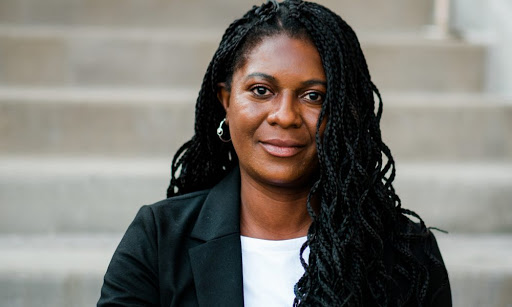
Dr. Apryl Alexander
Dr. Alexander is an Associate Professor at the University of Denver. She primarily teaches in the Master’s of Forensic Psychology program in the Graduate School of Professional Psychology and supervises students at the Denver Forensic Institute for Research, Service and Training (Denver FIRST). She serves as Director of Denver FIRST’s Outpatient Competency Restoration Program (OCRP), which provides outpatient competency education and restoration for low-risk, court-ordered adult defendants and juveniles. She is also a Faculty Affiliate with the Scrivner Institute for Public Policy. Dr. Alexander is the Co-Founder (with Dr. Ashley Hamilton and Rachael Zafer) and former Co-Director for the University of Denver’s Prison Arts Initiative (DU PAI), which provides therapeutic, educational creative arts programming to incarcerated men and women in Colorado state prisons.

